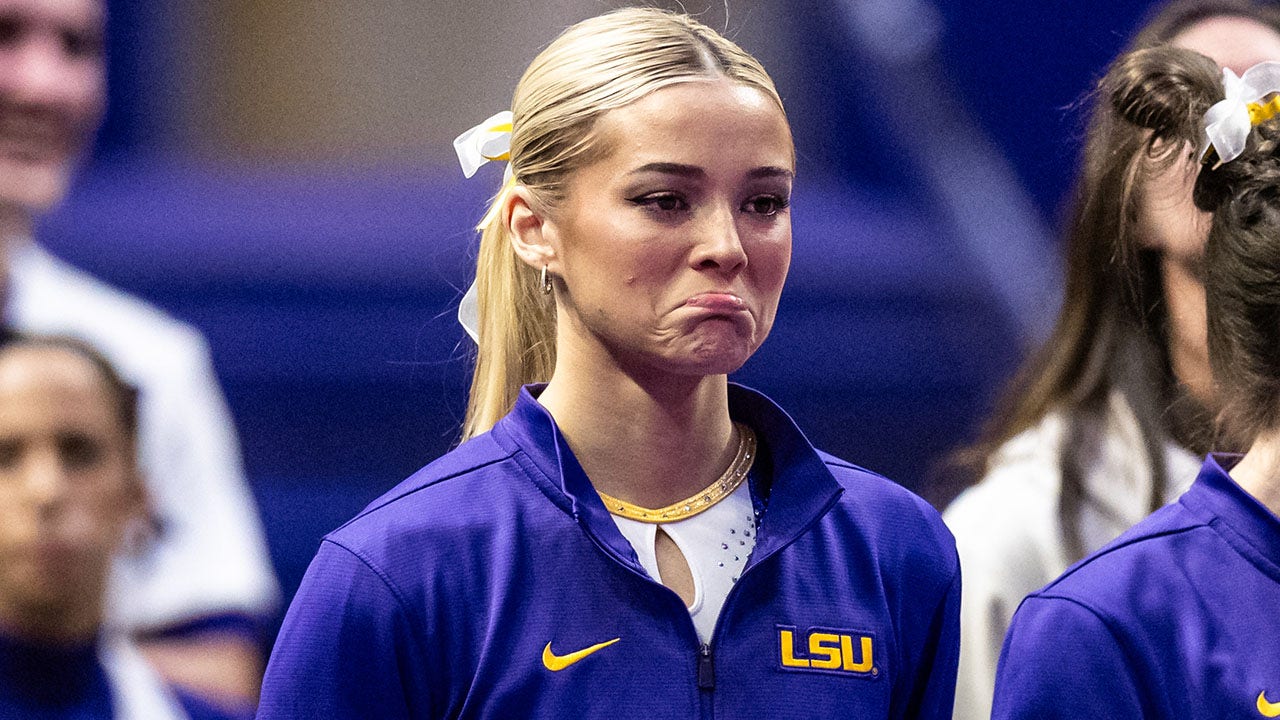Kathy KettlerKathy Kettler (R) is the campaign manager for local liberal candidate Kilikvak KabloonaNunavut is Canada’s largest federal district. The entire territory – all 1.8 million sq km (695,000 sq miles) and its 40,000 people – will be represented by one person in parliament.”Nunavut is at least three times the size of France. If it was its own country, it would be the 13th largest behind Greenland,” Kathy Kettler, the campaign manager for local Liberal candidate Kilikvak Kabloona, told the BBC.Located in the Arctic, where average temperatures in the capital city Iqaluit are below freezing for eight months of the year, it is so vast and inaccessible that the only way to travel between its 25 communities is by air.”Yesterday, in 24 hours, we travelled 1,700 km (1,050 miles) by air and campaigned in Pangnirtung, Iqaluit, Rankin Inlet, and Arviat,” said Ms Kettler. Nunavut’s vast 1.8m sq km stretches beyond the Arctic circle”There are not very many people who understand the reality of the north,” Ms Kettler said, describing the challenges of running a campaign where so much is different from southern Canada.She recalled knocking on doors earlier this month as she campaigned for her candidate in -24C (-11F) temperatures.She said it’s rare in northern communities for people to knock before entering someone’s home. Instead, the tight-knit culture permits visitors to simply “walk in and say hello” – almost unthinkable in other parts of the country.As an Inuk from northern Quebec, she said it “feels weird” even for her to knock and wait for a response.In Nunavut, one of Canada’s three northern territories, the majority-Inuit population speak Inuktitut. Ms Kettler said one of the biggest expenses was translating campaign signs and hiring an interpreter for Kabloona, the candidate.Kathy KettlerThe view over Iqaluit while ms Kettler was out knocking on doors and campaigning for KabloonaElection issues for northerners too are unique. “The national campaign is really focused on Arctic security and sovereignty, whereas our campaign here is focused on food security and people being able to survive,” Ms Kettler said.Food can be prohibitively expensive and there are infrastructure challenges to accessing clean water for a number of Indigenous and northern communities.She was boiling water to drink while campaigning in Arviat, she said, and described being unable to rely on calling voters as she canvasses because a phone plan is the first thing they sacrifice to afford food.The seat is currently held by the New Democratic Party (NDP), with incumbent Lori Idlout running for re-election. James Arreak is the Conservative candidate. Kathy KettlerJean-Claude Nguyen, the returning officer in Nunavut, is responsible for conducting the election in the district. He described how difficult it is to ensure ballots and voter lists get to every community – including to workers at remote gold mines.”[Elections Canada] sent a team from our Ottawa headquarters via Edmonton and Yellowknife to the mine where they work, gave them sufficient time to vote, and then they brought the ballots back,” he said.Mr Nguyen also spoke about security considerations. Once polls close, the ballots are counted at the polling station and then stored safely either with the Royal Canadian Mounted Police (RCMP), or a local hamlet – a small community that provides municipal services to its residents. The ballot boxes are then flown to Iqaluit, and then to Ottawa.Jean-Claude NguyenElection signage needs to be translated to Inuktitut, which is Nunavut’s most widely spoken languageMr Nguyen recalled how in the 2019 election, a ballot box arrived with a big hole.”When we asked the charter flight company what happened, they said it was eaten by a raven,” he said laughing. “That’s part of the reality here in the territories, you have wild animals eating the ballot boxes.”No ballots were damaged by the bird. Beyond all the challenges, Kathy Kettler said she is most drawn to the spirit of the people.”The generosity, love, and care that people have for each other in every community shines through,” she said.”That’s what keeps me going, and it’s what makes campaigning across Nunavut so meaningful.”
The beauty and challenge of elections in Canada’s frigid north




